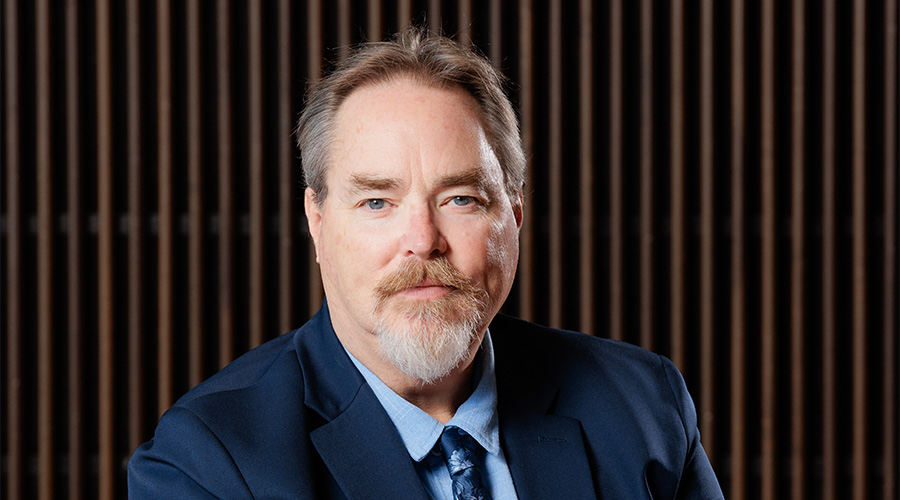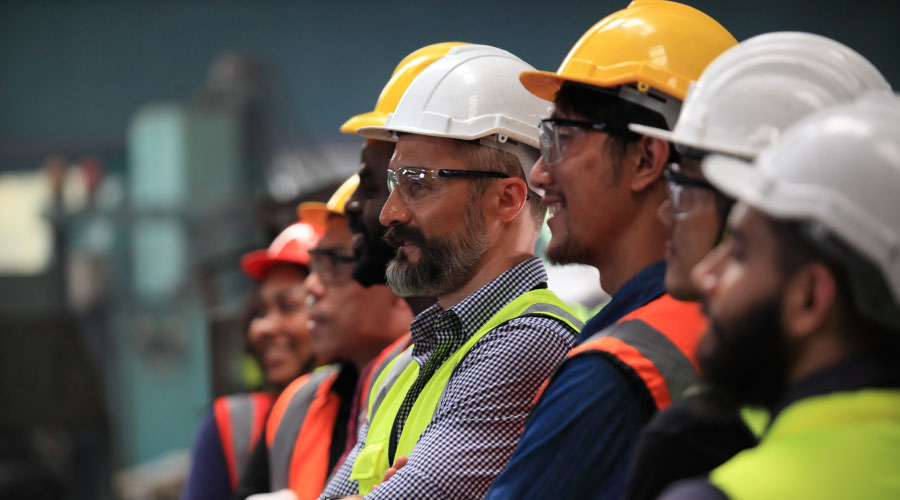Paul Lupica's Energy Efficiency Efforts Have Led To Big Improvement For Munich Re
Eleven years ago, one of the four buildings on Munich Reinsurance America's Plainsboro, N.J. campus had an Energy Star score of 1. "You get a one just for your name," quips Paul Lupica, head of facilities and vice president at Munich Reinsurance America. But thanks to Lupica's energy efficiency efforts, Munich Re has seen a big improvement in its buildings' performance.
How big? The building that scored a 1, Plaza 4, reached an Energy Star score of 57 in 2013. The other three buildings went from a 23 to 77, 16 to 91 and 2 to 60. "And we're not done," Lupica says. "We want to get all these numbers up well above 75, if not even higher."
By being persistent yet judicious in their initiatives, Lupica and his team have transformed the facilities culture on their campus to the point that Plaza 3, currently in the process of being gut-rehabbed from office space into a 38,000-square-foot fitness center and conference facility, is targeting LEED Gold, and possibly Platinum.
Building A Reputation
A decade ago, there were several forces conspiring to cause the poor energy performance at Munich Re's 400,000-square-foot American headquarters. Located on 50 acres of a corporate office park, the originally all-electric spec buildings were not built for energy efficiency. And due to a very low negotiated electricity rate, it was hard to show a good return on efficiency investments at the time, says Christopher Walinski, building operations manager, Munich Reinsurance America.
When Walinski came on board, 11 years ago, he did a full review of the facilities and went to Lupica with the news that they were hemorrhaging energy. They developed a strategy — conservative, methodical — to improve the campus' energy performance. And although their parent company, Munich Re in Munich, Germany, has topped Newsweek's environmental performance assessment of the largest publicly-traded companies in the world, the team felt that the best way to ensure the improvements would be funded was to ensure that the initiatives at the American campus met more requirements than just being good for the environment. They must have proven performance, and they must have an attractive return, often bolstered by rebates and incentives.
But those hurdles haven't stopped the company from investing in measures that might initially seem like tree-hugging to some skeptical financial types — things like a 2.4 MW parking lot solar canopy installation or the 12 Level 2 electric vehicle charging stations which will soon be installed on the campus. It's just that a lot of groundwork had to be laid before projects like those would be pursued by the company.
"We try to go after what makes sense for the company," Walinski says. "The first ones we went after were very easy." One of the first projects was installing variable frequency drives throughout the campus. "They had such a quick payback, that we were able to use a very small project to show that you could spend a little and save a lot."
Related Topics:














